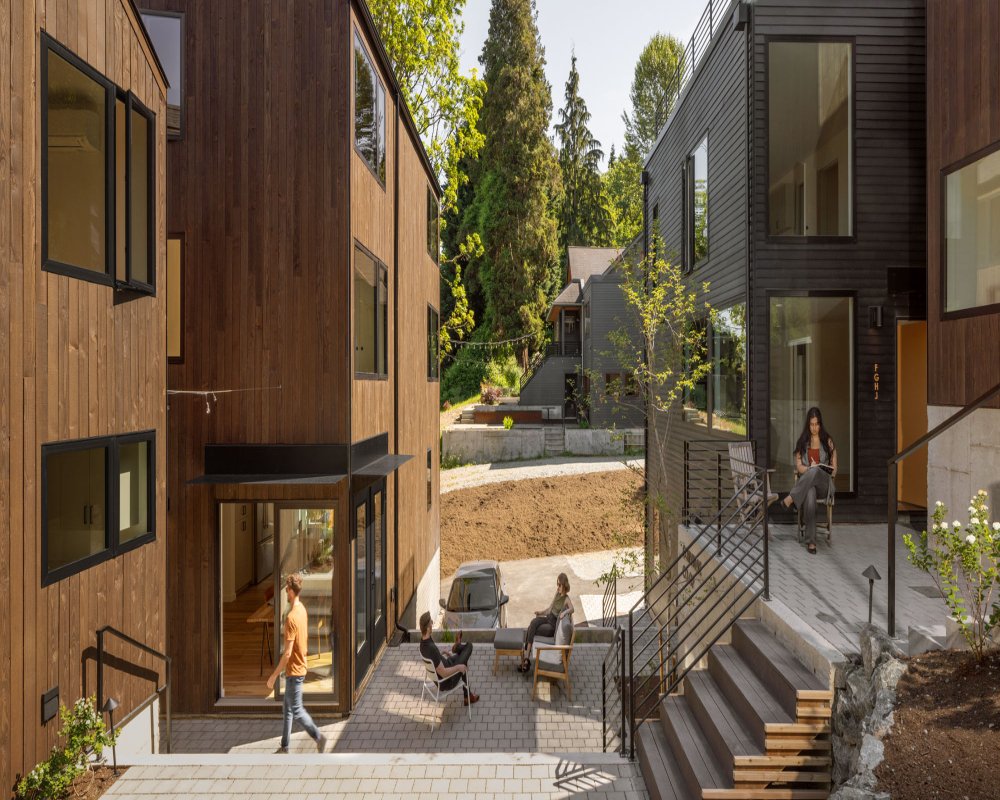Introduction
As urban populations rise and the demand for land intensifies, cities are increasingly turning to regulatory tools like upzoning to manage growth, promote density, and stimulate investment. Upzoning refers to a change in zoning laws that increases the allowable density or intensity of land use—such as permitting taller buildings, more units per acre, or new types of development in a given area. This policy shift can significantly impact the built environment, catalyzing development and transforming communities. At the heart of upzoning lies a powerful relationship with value creation, as the regulatory enhancement of development rights often translates into increased land value and greater economic opportunity for both private owners and public stakeholders.
Understanding Upzoning
Upzoning is a form of land use reclassification that expands what can legally be built on a parcel of land. This may include changing a property’s zoning from single-family to multifamily residential, increasing floor area ratios (FAR), or allowing mixed-use development in areas previously limited to commercial or industrial uses. The intent behind upzoning is to optimize land use, accommodate population growth, support housing affordability, and promote efficient urban form.
Upzoning can occur through area-wide zoning updates, such as citywide housing reforms, or through site-specific changes, often requested by developers seeking to maximize project potential. In either case, the expanded development rights conferred by upzoning enable more intensive or valuable uses of land, setting the stage for both private and public value creation.
Mechanisms of Value Creation through Upzoning
The increase in allowable development potential resulting from upzoning directly influences the economic value of the affected land. Property owners gain the legal right to build more units, increase square footage, or introduce higher-value uses, which makes the land more attractive to developers and investors. This shift in potential future revenue often leads to an immediate increase in the property’s market value—even before any physical development takes place.
For developers, upzoning unlocks the ability to generate higher returns on investment by constructing larger or more lucrative projects. For example, allowing a five-story residential building on a lot previously restricted to two stories can double or triple revenue potential. In commercial areas, upzoning can enable vertical expansion, mixed-use integration, and greater tenant density, all of which contribute to stronger asset performance and increased long-term profitability.
In addition to private value, upzoning can produce significant public value. Increased property values result in higher property tax revenues, which can be reinvested into infrastructure, public services, and community amenities. Upzoning also supports housing supply goals by facilitating higher-density residential projects in areas with access to jobs, transit, and services. When combined with affordable housing mandates or inclusionary zoning, upzoning can contribute to more equitable urban growth by ensuring a portion of new development serves lower- or middle-income households.
Strategic Urban Planning and Implementation
Upzoning must be strategically planned to ensure that it aligns with broader urban development objectives. Planners must consider whether existing infrastructure—such as roads, utilities, schools, and public transit—can support increased density. In many cases, targeted infrastructure investments must accompany zoning changes to maintain service quality and neighborhood livability.
Equally important is community engagement. Upzoning initiatives often generate public concern about changes in neighborhood character, increased traffic, gentrification, and displacement. Transparent communication, public participation, and proactive mitigation strategies—such as tenant protections, affordable housing provisions, and design guidelines—are essential to building trust and ensuring that upzoning delivers inclusive benefits.
Local governments may also use value capture tools to ensure that a portion of the land value uplift created by upzoning is reinvested in the community. Examples include development impact fees, linkage fees, or community benefits agreements. These mechanisms help balance the windfall gains received by property owners with investments in public goods.
Risks and Challenges
While upzoning has the potential to create significant value, it also carries risks and complexities. In some markets, upzoning alone may not result in new development if market demand is weak or construction costs remain prohibitive. In others, rapid increases in land values may trigger speculative investment, raising prices without producing actual housing or commercial space. Additionally, if not carefully designed, upzoning can exacerbate displacement and erode neighborhood identity, particularly in historically marginalized communities.
Another challenge lies in ensuring equitable access to the benefits of upzoning. Without policies that require or incentivize affordable housing and local hiring, the gains from increased land value may be concentrated among developers and landowners, leaving communities vulnerable to social and economic exclusion. Therefore, policy frameworks must be holistic, combining zoning reform with social safeguards and urban design standards.
Conclusion
Upzoning is a powerful tool that reshapes urban landscapes and unlocks new layers of land value. By permitting more intensive and flexible land uses, it creates opportunities for both private investment and public benefit. However, the process must be approached with care, strategy, and inclusion. When integrated into comprehensive urban planning efforts—alongside infrastructure upgrades, affordability mandates, and community engagement—upzoning becomes a catalyst for sustainable, equitable, and vibrant city growth. Its true value lies not only in what can be built but in how thoughtfully it is implemented to serve long-term public and private interests alike.
Hashtags
#Upzoning #ValueCreation #UrbanDevelopment #RealEstate #ZoningLaws #CityPlanning #SustainableGrowth #CommunityDevelopment #PropertyInvestment #SmartGrowth #LandUse #EconomicDevelopment #HousingSolutions #UrbanRenewal #RealEstateTrends #DevelopmentOpportunities #AffordableHousing #ZoningReform #NeighborhoodRevitalization #FutureCities


